

11:00 am EDT - 12:30 pm EDT
Past Event
11:00 am - 12:30 pm EDT
1775 Massachusetts Avenue, N.W.
Washington, DC
20036
India has made laudable progress in increasing access to education and building a strong policy and planning framework for education. The next challenge is ensuring a quality education system which produces positive learning outcomes for all children in India. Estimates show that over 3 million children in the country are still out of school, and of those in school, civil society reports show that 53 percent are at least three years behind expected learning levels.
On May 6, the Center for Universal Education (CUE) at Brookings and the Central Square Foundation hosted a discussion on education reform in India, focusing on policy and practice that promotes equitable learning and on lessons learned from the U.S. experience. Panelists included: Ashish Dhawan, chief executive officer of the Central Square Foundation; Subir Gokarn, research director of Brookings India; Pooja Bhatt, regional portfolio manager of Accenture Development Partnerships at Accenture; and Brookings Nonresident Fellow Urvashi Sahni, founder and president of the Study Hall Foundation. CUE Associate Director Xanthe Ackerman moderated the discussion. Senior Fellow and CUE Director Rebecca Winthrop provided opening remarks.
In 2030, 25 percent of the global talent pool is going to come from India. It’s the kids born today that will go through the education system in India and become 25 percent of the skills for the future. – Rebecca Winthrop
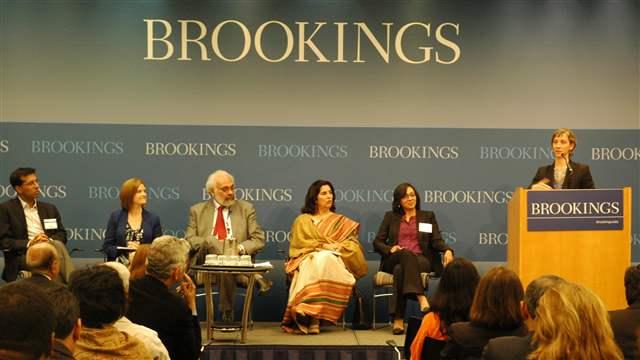
There has been tremendous progress with respect to access in India. Between 2005 and 2009 alone the number of out-of-school-children dropped by 40%. But 3.1 million children are still out of school. Girls, scheduled castes and tribes are among those that are left furthest behind. – Xanthe Ackerman
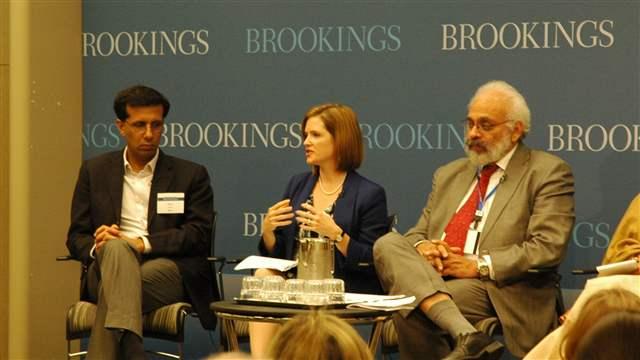
In Bombay over 75% of children are in private sector schools. Private sector can work for higher income families. However it doesn’t work as well for the lower income families because the quality is poor in both the government schools and in the private schools in their areas. – Ashish Dhawan
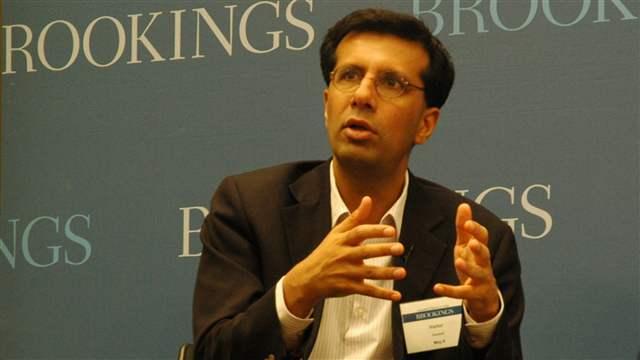
There are more girls and marginalized children coming to school but they don’t stay, they don’t learn, and they don’t complete. And the gender equality indicators are poor: In terms of an international gender inequality index, India ranks 126th out of 149 countries. – Urvashi Sahni
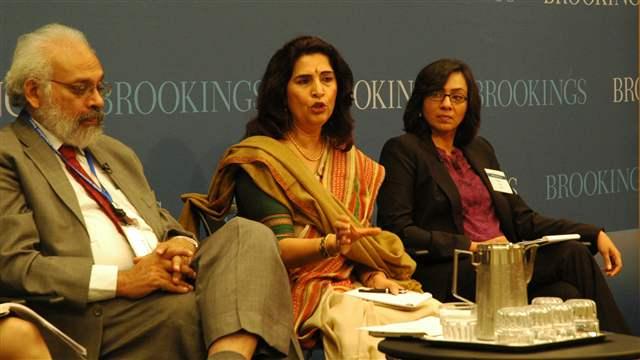
There are 27 million children that are born each year. Two-thirds of them will not complete secondary education. The value gap – the opportunity cost – is to the degree of $100 billion per year based on the value of an individual contributions to GDP growth. – Pooja Bhatt
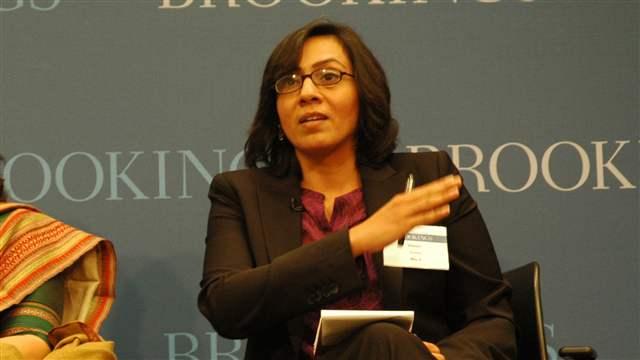
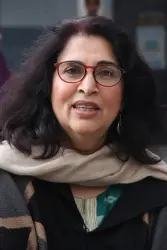

Isabelle Hau, Rebecca Winthrop
July 2, 2025

Lesley J. Turner, Zaria Roller, Sarah Reber
July 2, 2025

Jon Valant
July 1, 2025